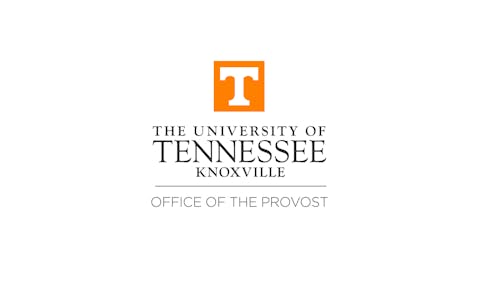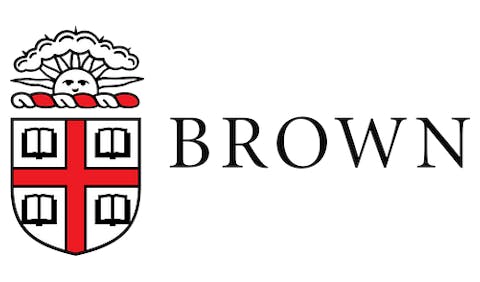
The executive order, formally titled "Keeping Men Out of Women's Sports," approaches the issue through two main channels: enforcement of Title IX compliance and increased federal engagement with private sector sporting organizations. Title IX, which bars sex-based discrimination in federally funded educational programs, sits at the center of this policy shift.
This new directive marks a stark departure from the Biden administration's interpretation of Title IX, which had previously established that schools excluding transgender students from sports teams were in violation of the law. A White House official explained the administration's contrasting view, stating that opportunities in women's sports must be "equally safe, equally fair, and equally private," necessitating that women's sports be "preserved for women."
The order's implications extend beyond educational institutions. The Trump administration has signaled its intention to pressure major sporting bodies, including the International Olympic Committee and NCAA, to align with the executive order's stance. While Trump lacks direct authority over these organizations, White House Press Secretary Karoline Leavitt characterized the move as initiating a "very public pressure campaign."
In a notable directive, Trump instructed Secretary of State Marco Rubio to communicate to the International Olympic Committee that "America categorically rejects transgender lunacy." The administration also plans to engage with state attorneys general to enforce existing state-level protections for women's sports, exemplified by a meeting scheduled with Texas Governor Greg Abbott, who implemented a ban on transgender athletes in college sports in 2023.
The order includes provisions for reviewing visa policies, with officials indicating they will scrutinize cases where individuals "claiming to be women" but identified as male at birth seek entry to compete in women's sports.
However, the scientific basis for such broad restrictions remains contested. Current research presents a more nuanced picture than the policy suggests. A 2017 review published in Sports Medicine found "no direct or consistent research" demonstrating athletic advantages for transgender athletes. More recent studies from October 2023 indicate that while sex-based differences emerge after puberty, many physical advantages are "reduced, if not erased, over time by gender affirming hormone therapy." While some physical attributes like height remain unchanged, researchers note that no similar restrictions exist for cisgender athletes with exceptional physical characteristics.
This executive order follows Trump's previous actions targeting transgender rights, including a military service ban and a policy requiring transgender women in federal detention to be housed in men's facilities - both of which face ongoing legal challenges. The focus on transgender athletes featured prominently in Trump's campaign strategy, with millions spent on television advertisements during major sporting events and in battleground states.
The scale of the issue relative to the policy response has drawn criticism. NCAA President Charlie Baker reported last year that out of approximately 510,000 NCAA athletes, fewer than 10 are known to be transgender. Critics argue the administration is crafting sweeping policy changes around a statistically minimal issue.
Schools found non-compliant with the new interpretation risk their federal funding, according to White House officials. Should Trump's proposed dismantling of the Department of Education succeed, Press Secretary Leavitt indicated the administration would seek "additional maneuvers" to enforce these policies.
The executive order represents the latest development in an ongoing national debate over transgender rights, sports fairness, and the role of federal policy in regulating athletic participation - a debate likely to continue through legal challenges.


















